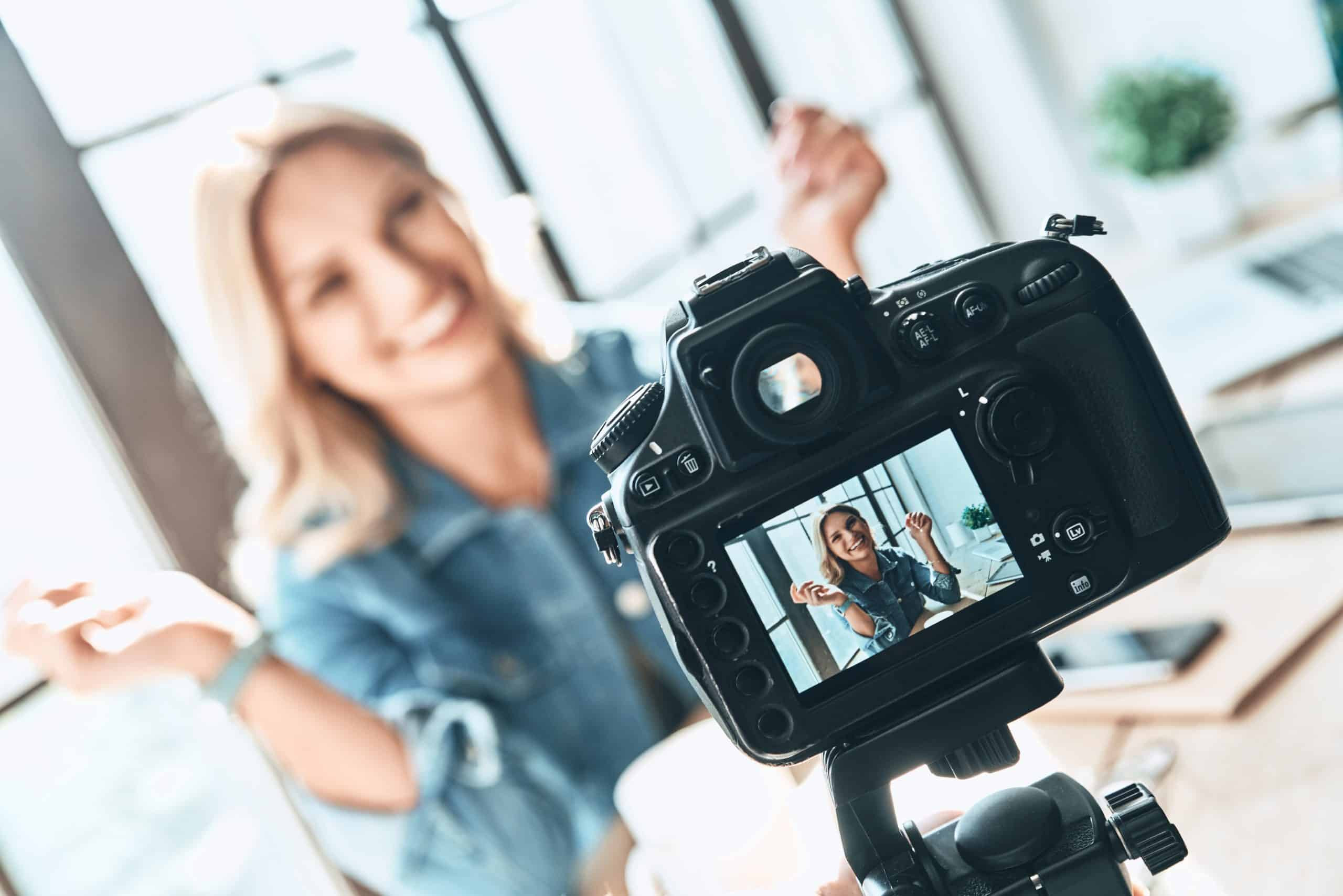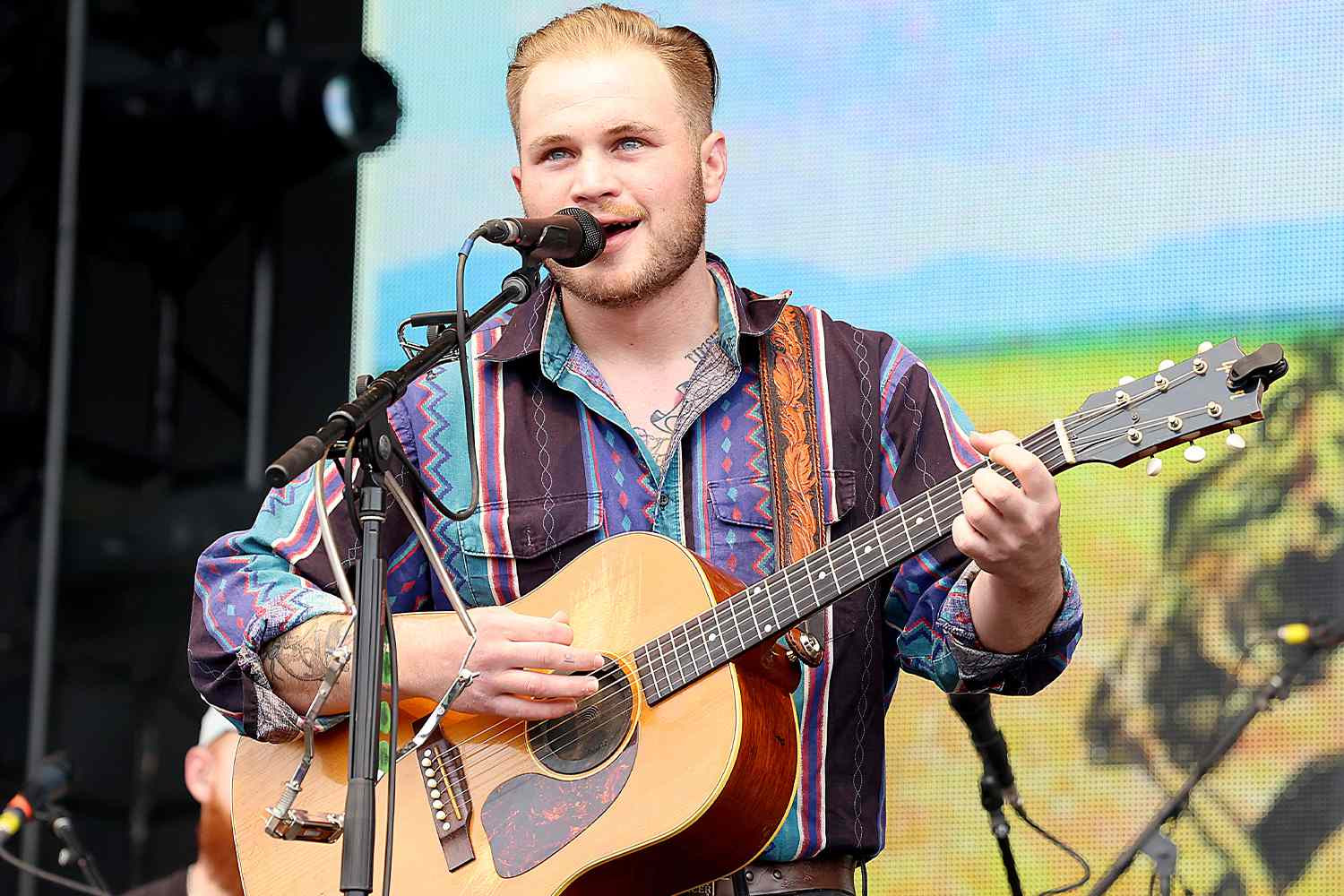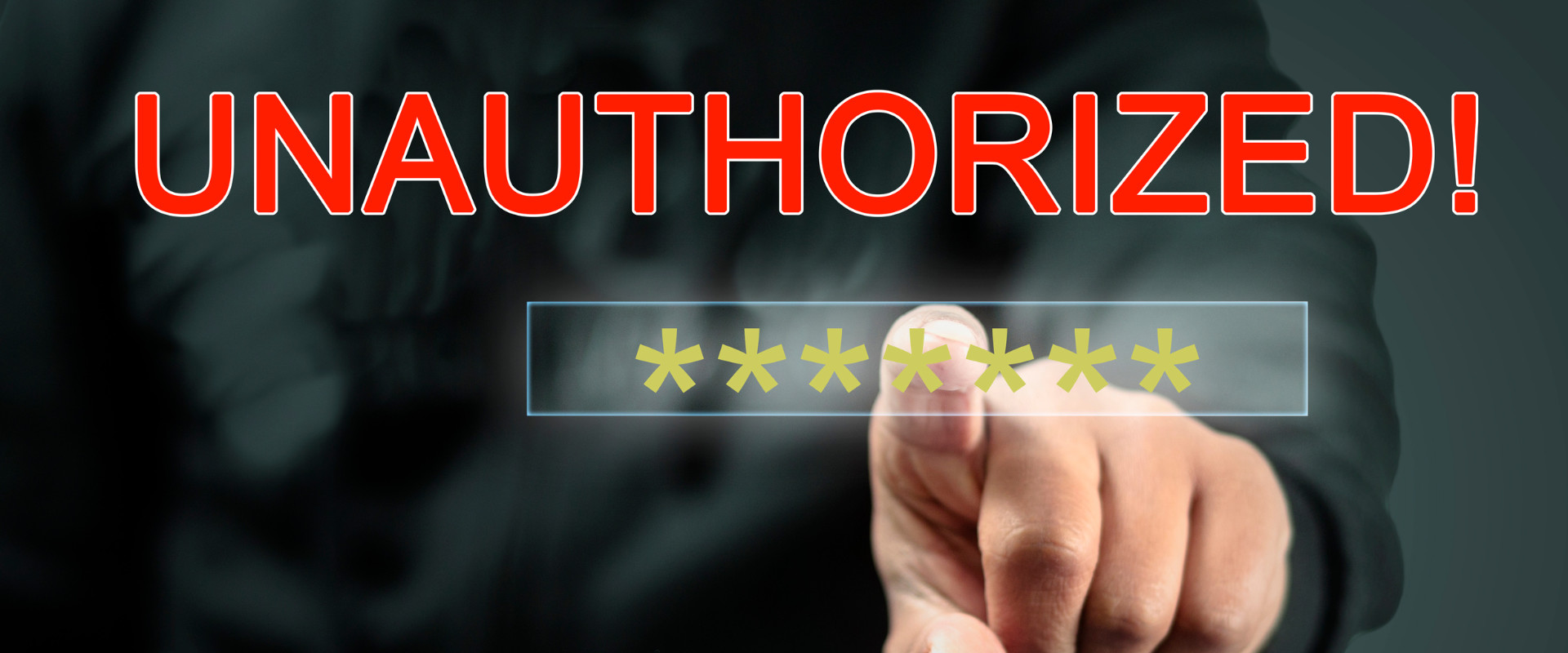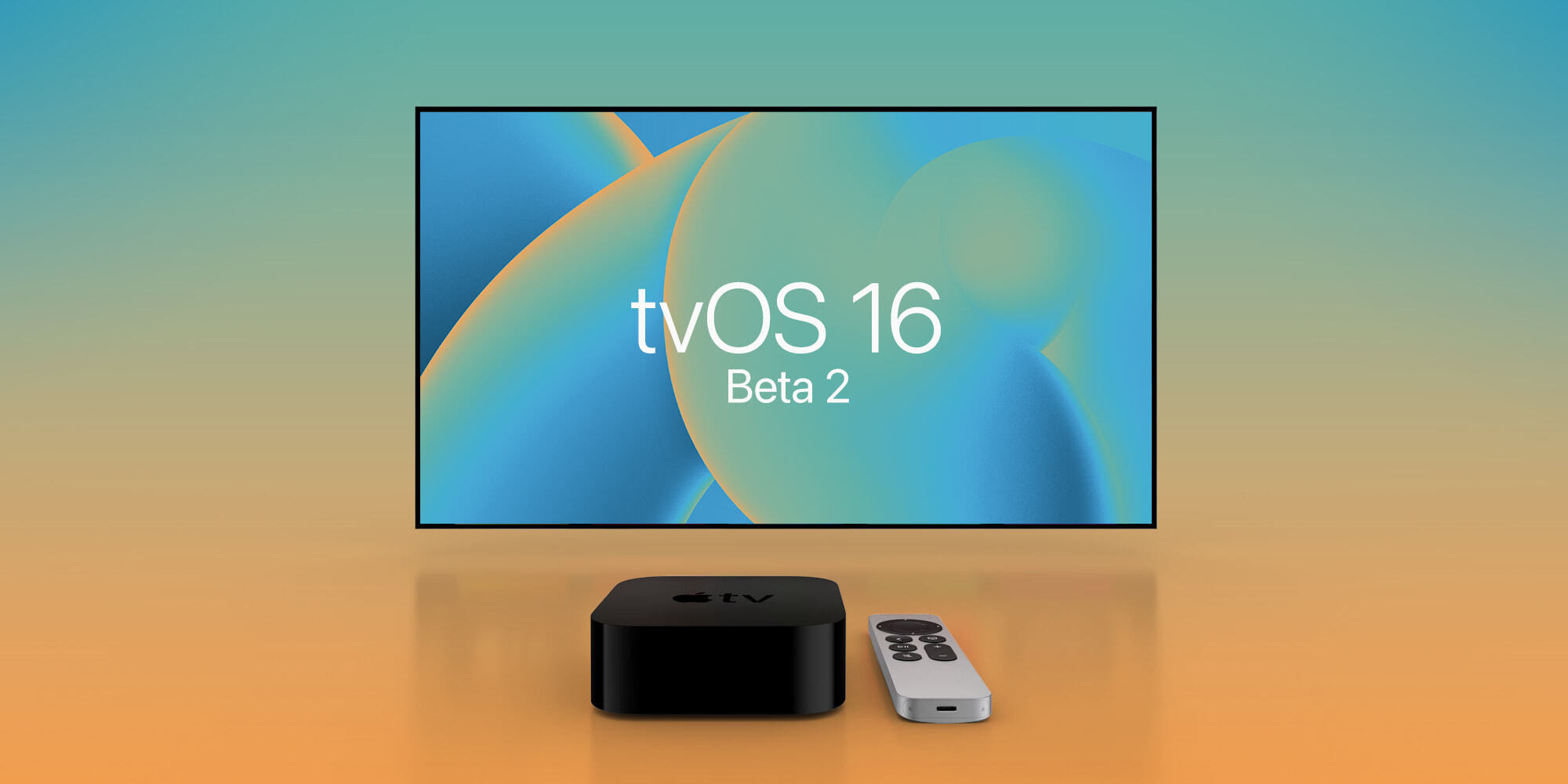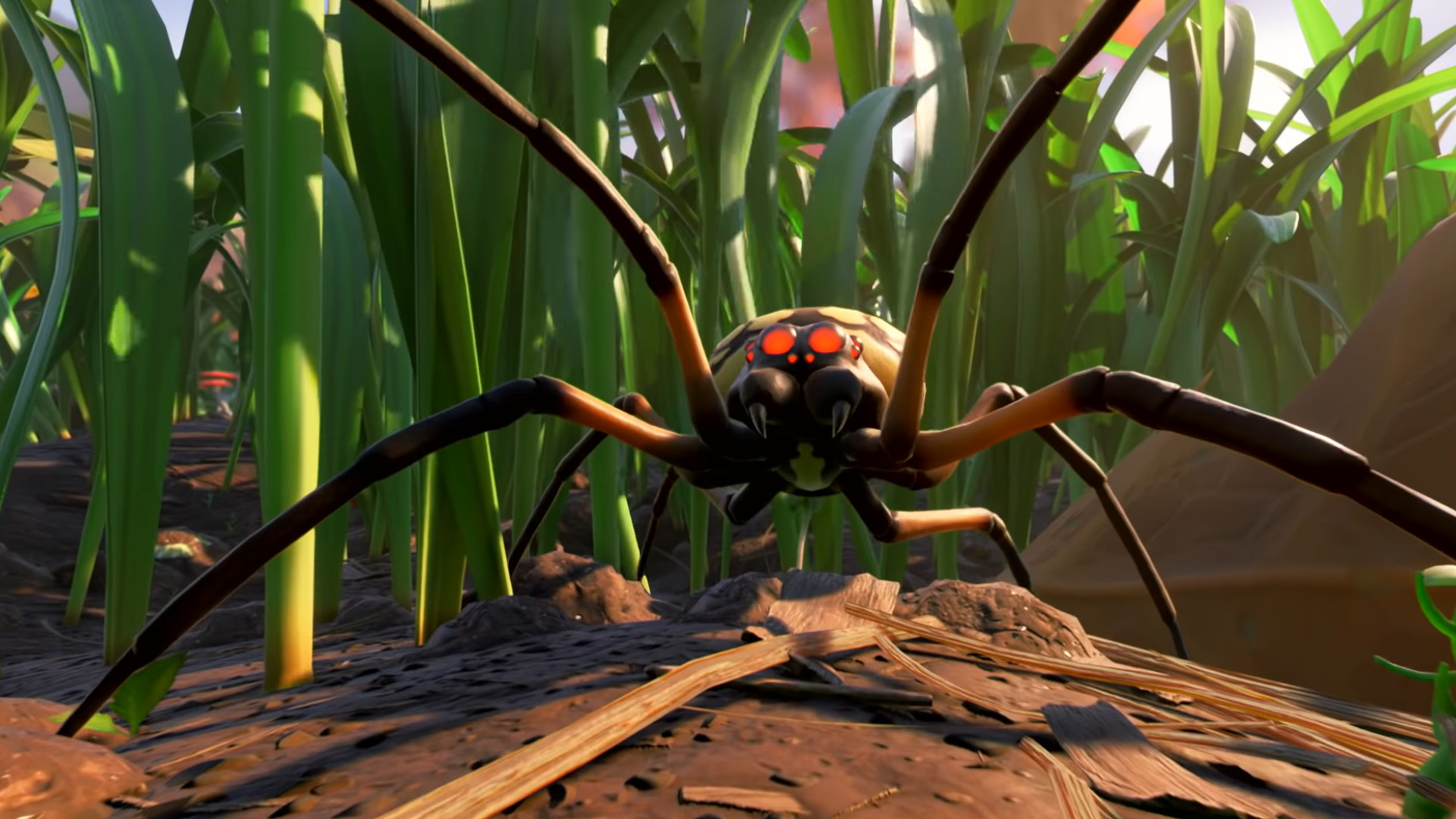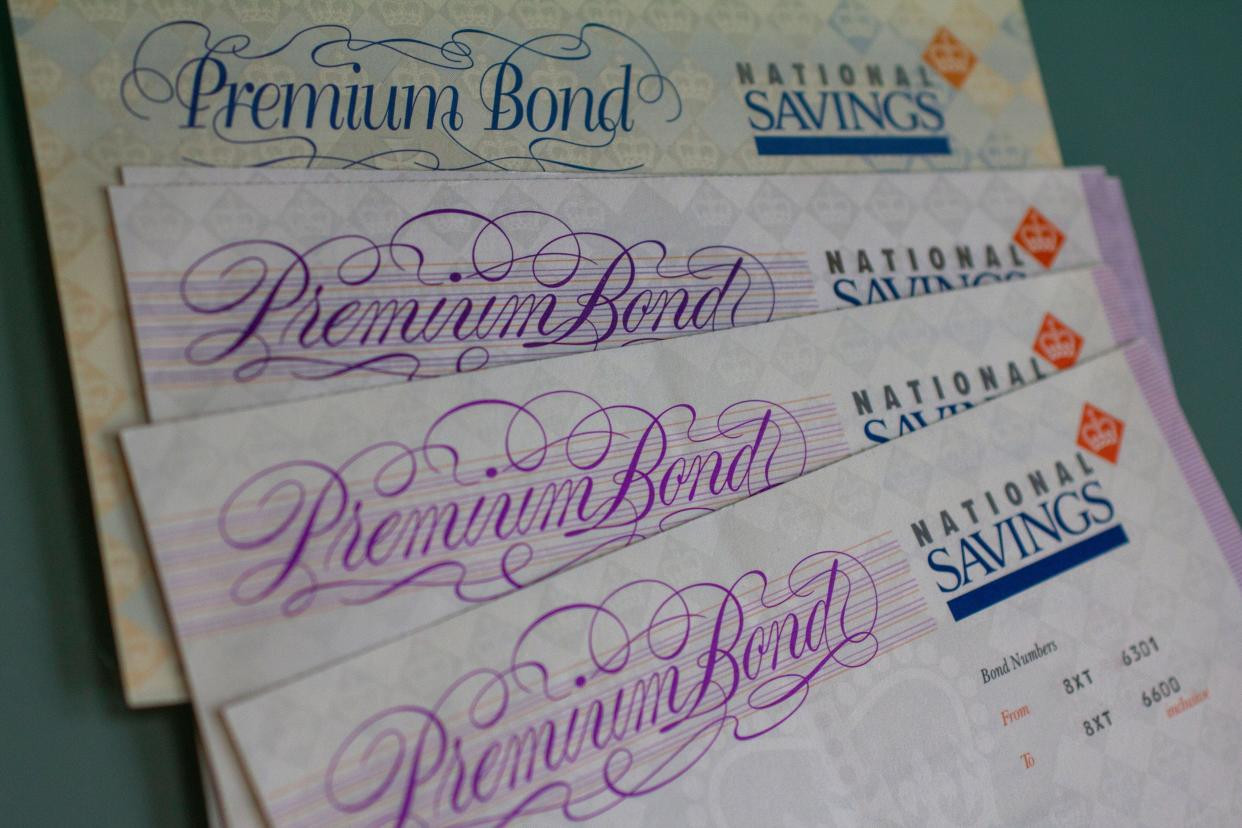The Rise of Influencer Culture: From Beauty Gurus to Billion-Dollar Industries
In her 14 years of posting on social media, Grace Mongey Gernan, a 36-year-old influencer, has made a comfortable career for herself. A full-time content creator across beauty, lifestyle and fashion, she is considered one of the original Irish influencers to parlay their online presence into a viable living. Her handle @facesbygrace23 has amassed 137,000 followers on Instagram, a platform that didn’t even exist when she started her online journey.
“I was 23 and living abroad, and I watched American YouTubers doing make-up tutorials, which was a new concept,” she says. “It was this whole new group of beauty content or ‘beauty gurus’, and I fell in love with watching these people.”
Studying abroad, Mongey Gernan finished a degree, came back to Dublin, and did a night course in make-up. In 2011 she set up a Facebook page and a YouTube channel, and from there watched her popularity grow. The term “influencer” didn’t yet exist.
“It wasn’t a moneymaking thing at the time, but then I started to share my content on Snapchat, where you could post something in the moment, and it started to take off,” she remembers. “I worked as a make-up artist at the time and I left to pursue this as my career, and I haven’t looked back.
“It’s second nature to me now. A lot of the time, content just comes to me in the moment. I’ve never been one to follow trends and I’m not the kind of account that is a viral account; I’ve been at the same amount of followers for the last five years and I’m happy with that. I have a loyal, supportive bunch of girls who follow me, and I’m not on TikTok having a million views every day. I feel that type of content might be exhausting – what I share is what I’m doing in my day-to-day life and the highs and lows.”
The Allure of Influencer Fame
For others starting out, it is this kind of success that can lead them to believe they too can carve out a similar career path. Being an influencer full time is big business. In Asia, “influencer farms”, vast warehouses filled with content creators churning out ecommerce videos to the masses, is a billion-dollar industry. In the US, “YouTube camps” teach children how to cut their teeth as a young gamer, dancer or singer. In Ireland there’s even a university degree for it: Content Creation and Social Media at SETU Carlow.
Given such promise of fame and fortune, it’s little wonder that younger audiences are being inspired to follow in Mongey Gernan’s path. Global surveys show an ever-increasing number of children aspiring to become the next big thing on social media – even more than “traditional” dream jobs of fashion designers and footballers.
Ever-younger influencers are pulling in followers as they post themselves making bracelets or showing off dance moves and even pushing fragrances and make-up. Children as young as nine share videos inviting their audience to “come get ready with me” or critique toys and clothing.
The Influencer Effect on Traditional Media
The influencer market has served to disrupt traditional methods of influence: when Dan Healy, RTÉ 2FM’s head of radio, joined Claire Byrne for an interview on her RTÉ Radio 1 show in May, he was asked to defend a situation where several key 2FM presenters, influencers with big-brand partnerships and bank balances to match, had left the station over a period of weeks.
When Healy spoke of replacing one presenter with a new “influencer” he had his eye on, one who could speak to an audience as young as 15, it sparked debate over how an online “celebrity” cracking jokes or sharing what they eat in a day was somehow a shoo-in for a coveted job traditionally recruited on qualifications and experience.
Add to the mix the world of podcasting, where successful ventures – although relatively few and far between in a market approaching saturation – can rake in the cash and catapult creators to mainstream fame. Take former 2FM broadcasters and podcast hosts The 2 Johnnies, who shared directors’ pay of €404,183 at their firm last year. How could mainstream media personalities compete with all of these digital darlings?
Gareth O’Callaghan, a veteran DJ who once presented on 2FM, was vocal at the time in his belief that the radio station’s woes were caused by RTÉ’s new rules mandating presenters to declare financial interests beyond the scope of their 2FM day job.
“Back when I was broadcasting in RTÉ my commitment was to the 2FM/RTÉ brand and not to my own brand, unlike the way influencers are now,” he says.
“The whole brand marketing product has shifted completely with the arrival of the influencer. There’s now a kind of a pecking order, a hierarchy to influencers, and once you establish yourself as one, the next stage is to become an influencer celebrity, so that puts you a lot higher than the thousands of other wannabe influencers.
“It’s a very strange market and still a fledgling one. Give it another five years and I think it will be enormous. In the case of The 2 Johnnies, they brought their audience with them. They arrived with their podcast audience, but when they left, some of that audience left with them.”
The Corporate Influencer:
For all the criticism levelled at him, Healy wasn’t entirely wrong when he told Byrne “there is no place better” for young, up-and-coming influencers and media personalities than 2FM. Influencers mean big business in 2024 because of the power of their content across platforms such as Instagram and TikTok. Symbiotic self-promotion is at the heart of this business model, with corporate brands intent on finding an audience, and the influencer intent on increasing their following and finances.
This is already creating internal shifts in the corporate hierarchy of companies across the world. Suddenly, the employee with the online know-how and active social media platforms – usually very young, often new and considered “green” by colleagues on company affairs – is a key player or “face” in what’s being termed employee-generated content (EGC). With the coffee runs now assigned to someone else, this “Emily in Paris effect”, a nod to the Netflix hit show that follows an online oversharing American marketing exec in the French capital, has young employees posting workplace content ranging from pranking their boss to taking part in TikTok trends with their colleagues.
“From a business perspective it’s really important to have people on our team who understand socials,” says Ashley McDonnell, a tech and luxury expert from Galway, who is based in France.
“If you don’t have anyone on your team that can do it you’ll miss out on big opportunities and potentially lose out to competitors. Or you’re going to have to hire someone externally and go to an agent – and that is a great first step, but it shouldn’t be the long-term solution because often you’ll be handing over the voice of your company to someone who is not internally based, and you’ll pay a premium for that.
“In the marketing world, when we’re taking on a person for the role of social media manager or marketing manager, if that person has an Instagram or TikTok on private and only has 100 followers with zero posts, that would be a red flag. How can they create and implement a rock star social media and marketing plan for a company if they’re not familiar with all the ins and outs of it themselves and are not an avid user of social media? It is a big bonus when people apply for these jobs and have these skills.”
The Evolution of Influence: From Wedgwood to MrBeast
The idea of an “influencer” is considered a modern phenomenon, but in truth it has been around for centuries. One of the earliest of note is the renowned British potter Josiah Wedgwood, who designed a tea set for Queen Charlotte, the wife of George III, in 1760. In doing so, he not only became the royal potter of choice, but created a brand that is recognised to this day.
The 1980s saw a boom in high-profile celebrity endorsements, primarily around sports and music – think Michael Jordan’s multimillion-dollar collaboration with Nike, or rap legends Run DMC’s love of Adidas apparel, translating into a €1.6 million sponsorship deal.
The birth of social media in the late 1990s/early 2000s came with a flurry of bloggers and online personalities who piqued the interest of brands looking for new ways to push their products, at a fraction of what it cost to use athletes or A-listers.
These proto-influencers were from a time before being an influencer was even a thing; it wasn’t until 2015 that the term started trending on Google, with a dictionary entry arriving three years later. Influencing was officially recognised as a generator of income in 2022 when Forbes added a “top creator” ranking to its annual lists number crunching the world’s wealthiest.
The Influencer Economy: Who Makes the Most?
There are micro- and nano-influencers. Nano is anyone under 5,000 followers, and micro is between 5,000 and 25,000
In 2023 the richest influencers on the planet according to Forbes put MrBeast, a Kansas YouTuber whose real name is Jimmy Donaldson, in the top spot with earnings of $82 million (around €74 million), for his challenge and stunt videos. In second place, with earnings of $24 million, was video game commentator turned rapper and boxer Olajide Olantunji, who, along with controversial mega-influencer Logan Paul, launched the hugely hyped Prime Hydration drinks, which were a massive hit with their younger audiences.
With some notable exceptions, Irish influencers are relatively small fry by comparison, though being a big fish in a small pond certainly has its financial merits. Clothing and make-up are among the most lucrative streams of income for home-grown online celebrities, with Suzanne Jackson of the SoSueMe brand worth €8.8 million, and other names such as Aimee Connolly and Vogue Williams among the top earners, with €6.55 million and €1.3 million respectively.
Depending on your star quality, promoting products on Instagram can pull in thousands of euro per post – not bad for a minute-long vlog about a new range of vitamins. But with so much competition to scale the heights of the influencer stratosphere and an endless pressure to creative new, exciting, and engaging content, is it really that feasible a career path?
The Reality of Influencing: A 24/7 Hustle
“My gosh, yes, absolutely,” says Lynn Hunter, founder of The Collaborations Agency, the first Irish firm to tap into online talent as ambassadors for brands. “If I was ever to come back I’d open a nail salon, a chipper, a hairdressers, and I’d be a content creator.
“There are micro- and nano-influencers. Nano is anyone under 5,000 followers, and micro is between 5,000 and 25,000. If you’ve a campaign for Tayto, for example, someone with a micro community is just as important as someone with a larger following. We like to use both micro and nano influencers so we’re really getting a good reach.
“Just because you’ve a small following on TikTok, you can still go viral. And if you’ve good content you can reach people. I don’t think there’s any rule book, but as long as people are creating good, smart content, it’s a good start.”
One of these creators is Elaine Cruz, a Dublin-based full-time make-up artist, who goes by the handle @1misscruz and has 49,000 followers on Instagram. The 42-year-old, who describes herself as a “reluctant influencer”, was approached by the talent agency, but still cringes when she thinks of herself as anything other than someone “yapping about tea or bras” to her online followers.
“The internet isn’t my sole income so I do understand why influencers who are doing this full time do a lot of ads. I’m lucky that I’m in a position where I can be incredibly picky,” she says. “For me social media only started when I was travelling. I moved to southeast Asia and used my platform to let my family know I was having a good time and I wasn’t dead.
“It just kind of blew up in 2020 and I got a huge influx of followers because I was talking about Black Lives Matter and I was talking about the real-life experience of black Irish people in Ireland. There were thousands of new followers within 24 hours which, quite honestly, was detrimental to my mental health and overwhelming, but I lean on social media as my own little personal diary. If there’s something on my mind or on my spirit and I want to say it out loud, then I just say it into my phone. It makes me feel better.”
Cruz’s online demeanour is engaging, funny, and very relatable to women of a certain age. And yet, behind the smile and joking, there is always a fear of backlash.
“As a woman of colour who is Irish-born and raised, every time I post something on the internet I have to physically and mentally and emotionally prepare myself to be bullied and trolled,” she says. “I got trolled for 15 weeks straight last year because I put up a six-second video of me and my sister singing ‘Olé’ at a concert, and it went on for over three months because I’m not allowed be black and be Irish.”
But she concedes there is money to be made if brands want you to showcase their products.
“I think the word influencer is connected with people trying to sell you things and it’s become big business because an awful lot of it is about advertising – it’s just a modern-day [version of the shopping channel] QVC,” she says.
Influencing and the Future of Media Education
“I’ve always said you don’t have to be an influencer to be a good influence. I don’t do a lot of paid ads. I’m doing a little bit more now, but if there’s opportunities to make a couple of quid, why wouldn’t I? I recommend products all the time for my little community. I did an ad recently that I had talked about four times before that because I really like it, and when they approached me to do an ad I thought, well, I’ve already done four unpaid, so why wouldn’t I?”
For Cruz, so far, the positives of social media outweigh the many negatives. But what about younger, less experienced wannabe influencers who lack the capacity to handle what may be thrown at them from their audiences? And what about the vulnerabilities of that audience themselves?
Minister for Health Stephen Donnelly wants to ban social media for the under-16s, and Minister for Minister Norma Foley wants to ban smartphones in primary and secondary schools, a move supported by the Irish Medical Organisation (IMO), which has branded their use among children and young people “a national public emergency”.
While cyberbullying, sexploitation, and exposure to damaging material are flagged as dangers, so too is the influencer’s power over their audience.
“My own work focuses on tackling advertising when it is embedded in content, as in much influencer marketing,” says Jonathan Hardy, professor of communications and media at the University of the Arts London.
“The embedded nature of influencer marketing and the powerful attractions of trusted influencers lowers children’s ability to recognise marketing communications. We need stronger rules and enforcement of advertising disclosure but also need to build this into an expanded agenda for media education and media literacy, from primary school.
“Helping children look behind the stage curtains is a really valuable and liberating pursuit. We can help young people to understand influencer monetisation, and the tiny number of ad-supported achievers compared to those who are precarious or who cross-subsidise their influencer work and time. And hopefully doing so will also contribute to countering some of the allure and help young people to see and value a greater variety of paths beyond the uncertain promise of influencer fame.”
Mongey Gernan agrees: “I’m doing this 14 years and I would hate to be starting it now because I feel it’s so much harder because there’s so many people doing it. If I was to pick up my phone today with zero following it would be very hard to build that up today. And I have the experience and knowledge of how toxic it can be, and I wouldn’t want to put my kids into that because of my motherly instinct.
“But if they did, I would say, ‘Well, let’s start this as a hobby, and have a degree behind you,’ so there is something to fall back on.”
The Future of Influencer Culture: A Balancing Act
The influencer landscape is evolving rapidly, with new platforms emerging and traditional media struggling to adapt. While the allure of online fame and fortune remains strong, the realities of content creation, competition, and potential backlash are becoming increasingly evident. As younger generations navigate this complex world, education and media literacy will be crucial in helping them to understand the complexities of influencer culture and make informed decisions about their own digital journeys.




